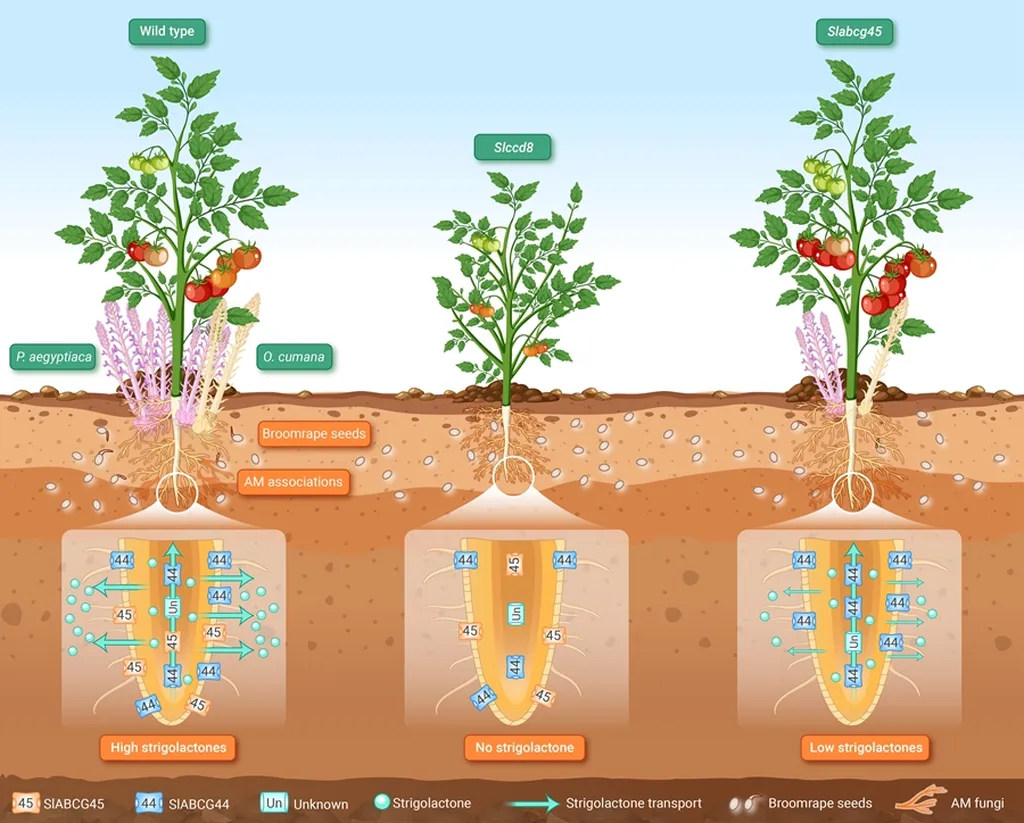In a significant development for global agriculture, researchers have uncovered critical insights into the resistance mechanisms of the tomato pinworm, Tuta absoluta, a notorious pest that has been wreaking havoc on tomato, brinjal, and potato crops. The study, led by Ranganathan Muthusamy from the PG and Research Centre in Biotechnology at MGR College in India, reveals a troubling resistance to chlorantraniliprole, a widely used insecticide, and sheds light on potential strategies to combat this growing threat.
Tuta absoluta, an invasive polyphagous pest, has rapidly developed resistance to various chemical insecticides, posing a substantial challenge to farmers worldwide. The research, published in the journal ‘نامه انجمن حشرهشناسی ایران’, demonstrates a 31.7-fold reduction in mortality rates when exposed to chlorantraniliprole in laboratory settings, indicating high resistance levels. This finding is particularly alarming given the reliance on chlorantraniliprole for controlling this destructive pest.
The study also explored the cross-resistance profile of T. absoluta to other pesticides. The results showed moderate to high resistance to flubendiamide, spinosad, chlorpyrifos, cypermethrin, imidacloprid, and esfenvalerate. However, no resistance was detected to emamectin and abamectin, offering a glimmer of hope for alternative control measures.
“Understanding the mechanisms of resistance is crucial for developing effective management strategies,” said Muthusamy. The research identified potential metabolic resistance mechanisms involving esterase and P450 enzymes, which are critical for breaking down insecticides. Six cytochrome P450 genes (CYP321A7, CYP321A9, CYP6B6, CYP6B47, CYP4M21, and CYP4C71) were found to be highly expressed in the resistant population, providing valuable insights into the genetic basis of resistance.
The commercial implications of this research are substantial. The tomato pinworm causes significant crop losses, and the development of resistance to key insecticides threatens the livelihoods of farmers and the stability of global food supplies. The findings suggest that rotating the use of chlorantraniliprole with emamectin and abamectin could be an effective strategy to manage resistance and sustain pest control efforts.
“This research is a game-changer for the agriculture sector,” said a spokesperson for a leading agricultural technology company. “By understanding the resistance mechanisms, we can develop more targeted and effective pest management strategies, ensuring food security and economic stability for farmers worldwide.”
The study’s findings highlight the urgent need for integrated pest management (IPM) approaches that combine chemical, biological, and cultural control methods. By rotating insecticides and employing non-chemical control measures, farmers can reduce the risk of resistance development and protect their crops more effectively.
As the agriculture sector faces increasing pressures from climate change, urbanization, and global trade, the need for innovative pest management solutions has never been greater. This research provides a critical foundation for developing new strategies to combat the tomato pinworm and other invasive pests, ensuring the sustainability of global agriculture.
In the words of Muthusamy, “Our findings offer a roadmap for managing resistance in T. absoluta and other pests, paving the way for more resilient and productive agricultural systems.” The study’s insights are expected to shape future developments in the field, driving advancements in pest management and contributing to a more secure and sustainable food future.

